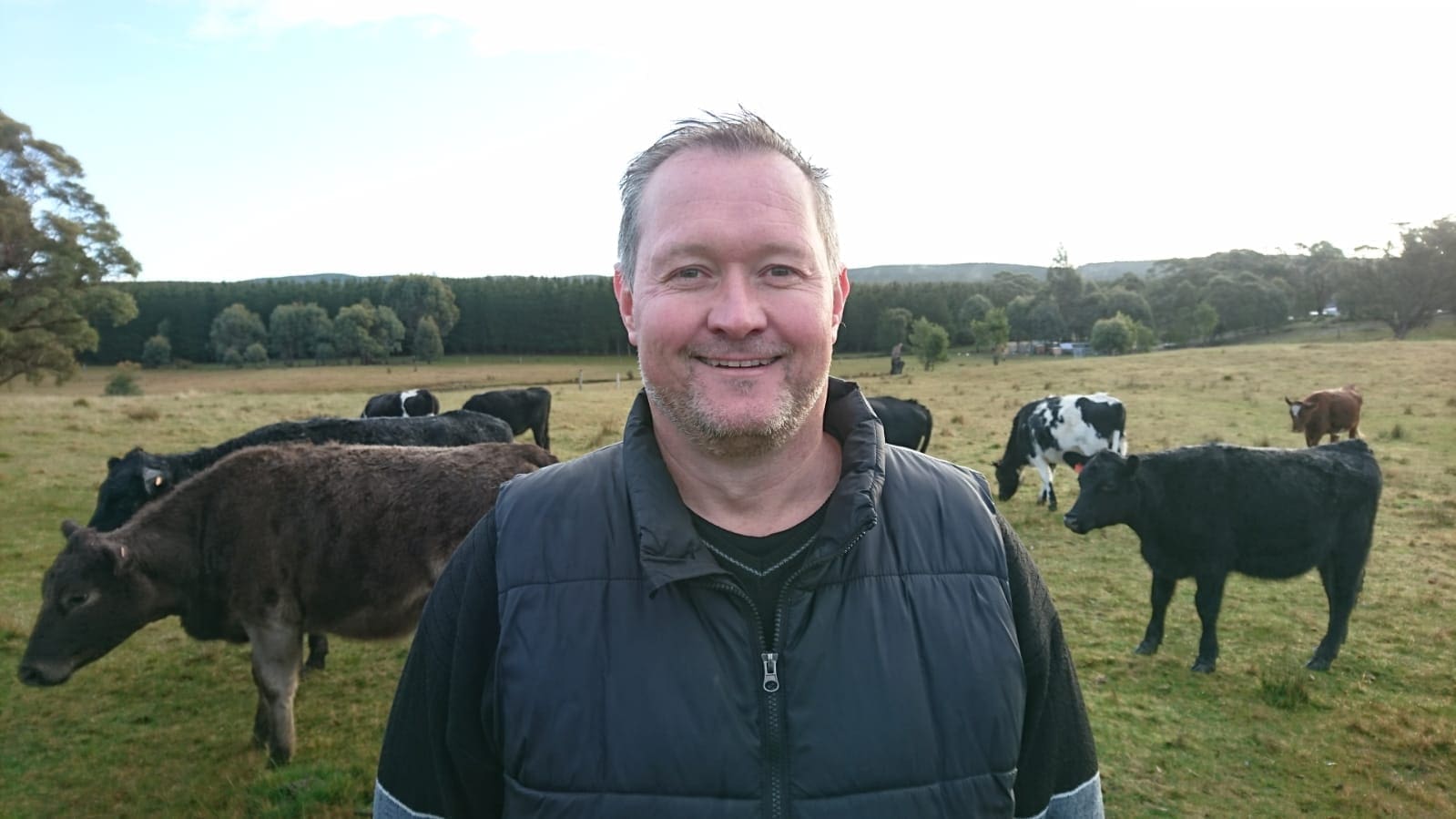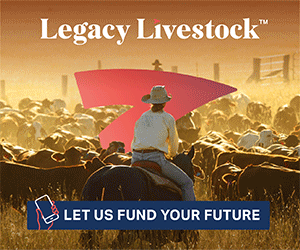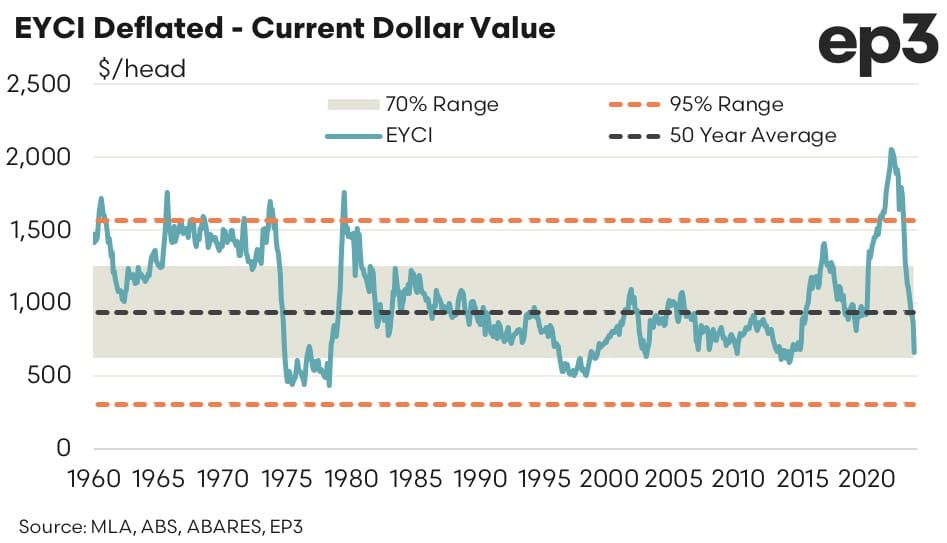WITH cattle prices sitting at a four-year-low, industry analyst Matt Dalgleish has taken a deep dive into the numbers back to 1960s to see whether the market is still in a “normal” cycle.
Prices have been generating plenty of discussion this month as the benchmark Eastern Young Cattle Indicator has gone below 400c/kg carcase weight for the first time since 2019.
At considerable effort, Mr Dalgleish, co-founder of independent analysts EP3, has taken EYCI (and earlier) livestock price figures over the past 50 years and adjusted them for the Consumer Price Index, a quarterly measure of inflation, to take what is otherwise known as the “deflated” or “real” figure.
 “To put it simply, $12 per head back in the ‘70s was worth a lot more than $12 now,” he said.
“To put it simply, $12 per head back in the ‘70s was worth a lot more than $12 now,” he said.
He has then taken those deflated figures back to the 1960s to see how the price of cattle stacks up, in real terms.
With the EYCI series only being established in 1996, Mr Dalgleish has pulled together early young cattle saleyards data from Victoria, NSW and Queensland and made a ‘makeshift’ indicator covering the past 63 years.
“I have access to average young cattle prices from Queensland, New South Wales and Victoria going back to the ‘60s, so I have just re-created what the EYCI would have been, based on those 200-400kg cattle that were being sold backed then,” he said.
“The numbers before ‘96 are a bit of an estimate, and it basically says ‘if the EYCI was being calculated back then, it would have been something around that value’. We haven’t had an EYCI the whole time, but young cattle have always been around.”
What is a normal cycle?
In order to calculate the $/head figure, Mr Dalgleish has taken the EYCI, which is presented in $/kg carcase weight, converted it to $/kg liveweight and turned it into a 300kg animal.
 He says the long-term average for young cattle, in deflated terms, is $936/head – with the grey shaded area on the above graph representing the normal range between $620 and $1250 head. Historically, prices have spent 70pc of the time in this zone.
He says the long-term average for young cattle, in deflated terms, is $936/head – with the grey shaded area on the above graph representing the normal range between $620 and $1250 head. Historically, prices have spent 70pc of the time in this zone.
Based on this methodology cattle prices are heading to the bottom of that cycle, with a 400c EYCI making cattle worth about $650 in real terms.
While the cattle market is at the bottom of that cycle, it is currently not experiencing extreme pricing – unlike recent years where the deflated version of the EYCI went about $800 into the extreme zone and reached above $2000.
“There is no doubt it has come off fairly sharp, but it has been lower in ‘real terms’ and it is not as low as mutton which is outside the shaded area in real terms,” Mr Dalgleish said.




It would be interesting to see the same data but instead of adjusted for inflation adjust it for average land price appreciation.
One of the most concerning issues affecting the collapse of beef and lamb prices at the saleyards is that prices at the retail level have hardly if at all moved downwards. The major supermarkets and many butcher chains are just blatantly price gouging and profiteering. The poor consumer still is paying premium prices and often due to the massive increases in interest rates have less money to spend on the better cuts which should be a lot cheaper.
I would suggest that the major chains and butcher retailers are getting their beef carcases for around $7 per kg yet retail premium cuts for more than $40 per kg.
Where is Australian Meat and Livestock Corp in all of this ?. Nowhere to be seen except collecting levies for overpaid managerial and marketing staff
Here are a couple of earlier Beef Central reports on this topic worth reading, Paul:
Independent butchers winning back beef market share, as wholesale beef costs fall
Beef and lamb surging in popularity among Australian consumers, as prices decline
Also worth noting: The Australian Meat & Livestock Corporation has not operated since 1997. Editor
I think, the long low price period in the 70’s . was due to the UK joining the EU. It took a long time to replace that market..
Absolutely. Back then the UK was pretty much our main beef export market so when they left us to join the EU that hurt a bit and then drought compounded the impact. Thankfully, now, our export market is much more diversified.